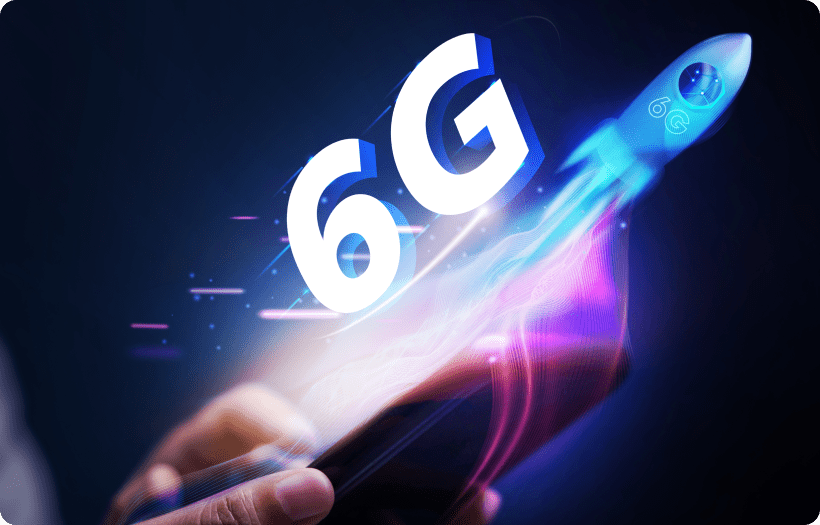As 5G is proliferating across the world, tech communities are already working on the next frontier of technological advancements. The 3GPP Release 15 and Release 16 provided the fundamental 5G specifications during the 2018-2020 period. Release 17, known as Continued 5G Expansion was completed in 2022. It provides enhancements concerning Massive MIMO, Non-Terrestrial Network (NTN) and Dynamic Spectrum Sharing (DSS). Release 17 also introduced Reduced Capacity (RedCap) devices, covering various sensors/ IoT device-related 5G use cases.
5G Advanced
In 2024, 3GPP has formalized Release 18 specification – also referred to as 5G Advanced (or 5.5G). Here Some of the focus areas are – MIMO evolution for enhanced data rate, AI/ML enhancements for RAN (including air interface), energy savings, Non-Terrestrial Network (NTN) enhancements with New Radio (NR), NR Multicast/ Broadcast service enhancements and so on.
6G
At the same time, the International Telecommunication Union (ITU) is simultaneously working on IMT-2030 i.e., the 6G vision. As per norms, ITU establishes the overall vision and roadmap whereas 3GPP develops the technical specifications. It is expected that Release 21, around 2028-29, will provide 6G specifications. Although this will take place in the future, the 6G Vision has identified some key usage scenarios.
In 2024, 3GPP has formalized Release 18 specification – also referred to as 5G Advanced (or 5.5G). Here Some of the focus areas are – MIMO evolution for enhanced data rate, AI/ML enhancements for RAN (including air interface), energy savings, Non-Terrestrial Network (NTN) enhancements with New Radio (NR), NR Multicast/ Broadcast service enhancements and so on.
6G
At the same time, the International Telecommunication Union (ITU) is simultaneously working on IMT-2030 i.e., the 6G vision. As per norms, ITU establishes the overall vision and roadmap whereas 3GPP develops the technical specifications. It is expected that Release 21, around 2028-29, will provide 6G specifications. Although this will take place in the future, the 6G Vision has identified some key usage scenarios.

6G aims to expand the usage scenarios of eMBB, uRLLC and mMTC to immersive experience, hyper-reliable communications and a massive number of connected devices/ sensors. It adds the additional scenarios of ubiquitous connectivity to a) Bridge the digital divide b) AI powered applications and integrated sensing c) Spatial information exchange. As a key contributor to the standardization bodies, Tejas is actively involved in 5G/ 6G standardization/ specification activities.
Tejas Offerings – Key Highlights



